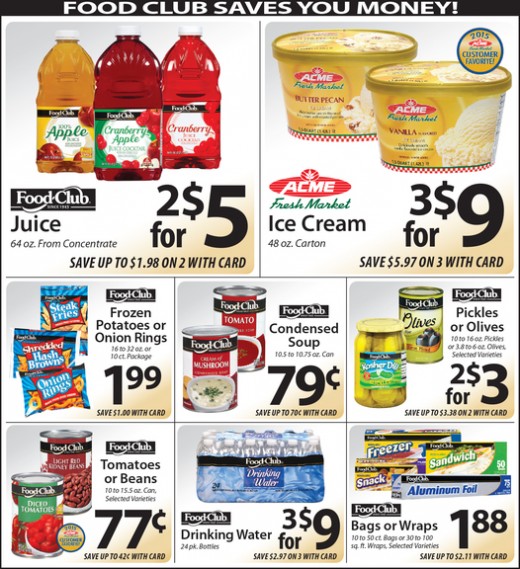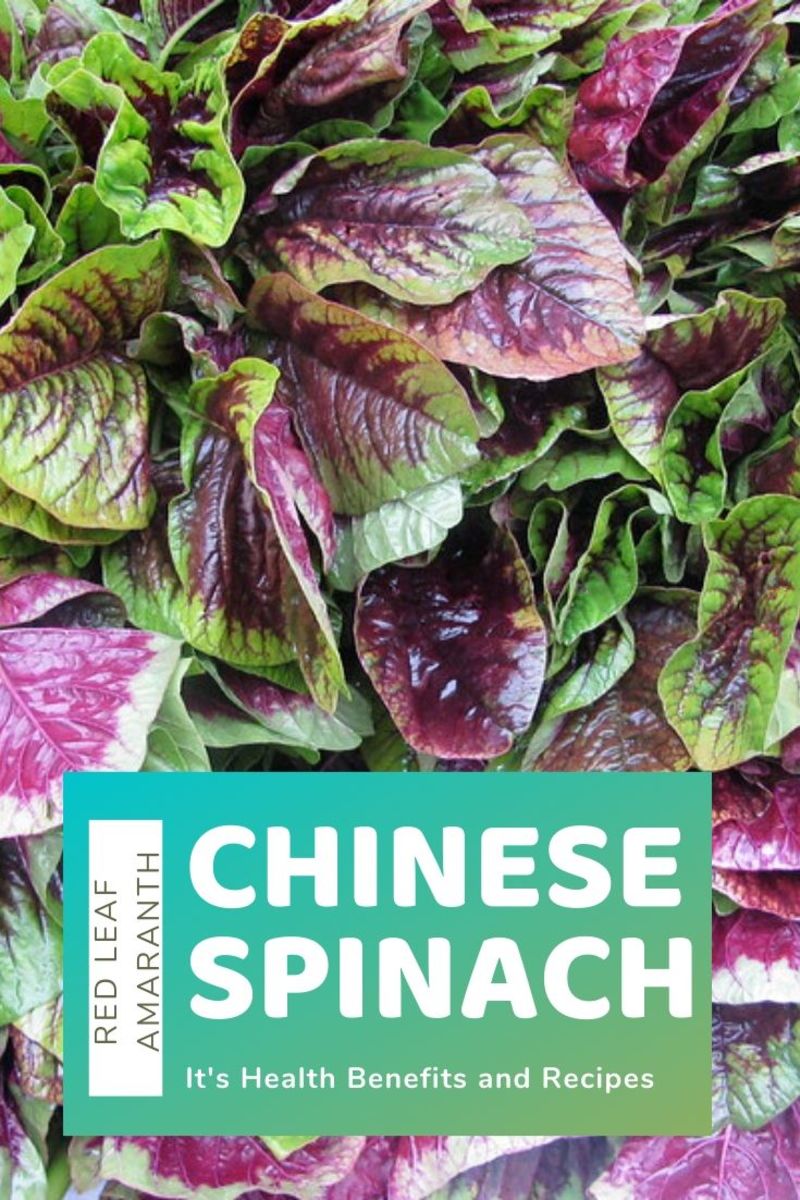Practice Smart, Savvy Grocery Shopping and Meal Planning

With our sagging economy, we are all budgeting our money. Many of us have cut back on certain luxuries we enjoy like going to the movies, buying high-end merchandise or taking lavish vacations. It's hard to even think about spending a lot at the grocery store on expensive "health" foods. Eating healthy on a budget is one of the misconceptions I hear most often. I am going to show you that if you learn to shop smart and cook smart you will eat smart!
1. Plan your meals and make a grocery list!
The way I start planning my meals is that I look at my weekly schedule. I take into consideration my family's activities and meetings and plan meals accordingly to avoid the last minute take-out meal. Then I make my grocery list based on the meals I am going to make. I also check out my pantry, refrigerator and freezer to make sure I don't buy "extras" that aren't on my list. Lastly, I cut coupons and check the weekly ads only for the items that I plan to buy.
If you have a hard time thinking of what to make for dinner, check out the Internet. There are a lot of great websites that give out meal ideas, as well as master grocery lists. I like family fun, which provides you with a month worth of ideas. Or, create your own month's worth of meals or grocery list on your computer. This way, you can just print off a copy each week and half your work is done!
2. Use the Food Guide Pyramid as your guide.
Most people plan their meals around large portions of meat as your main course and smaller portions of grains and vegetables as your sides. The Food Guide Pyramid suggests that we change the way we think of meal planning and incorporate most of our intake from whole grains, vegetables and fruit. Use meat, which is typically higher in fat and calories, as your new side dish. Plus, meat can be fairly expensive. Also try substituting dried bean, peas and lentils as a meat substitute. They are inexpensive and full of protein and fiber. If your family likes to eat a lot of pasta and rice, go for the healthier whole-wheat varieties or brown rice. And, when purchasing fruit and vegetables, think frozen! Especially in off-seasons, it really is the best bang for your buck!
3. Don't go to the store hungry!
Like any situation where you have food, you need to have a game plan before you head out. Plan to go to the store after a meal or have a balanced snack before you leave. You will be less tempted to buy things that just look good and you will have more energy and patience to get through those long checkout lines!
4. Read food labels and get to know key terms.
Practice, Practice, Practice! Like any skill, grocery shopping can be daunting. But if you know what you are doing once you get there, you will be more effective and save time and money. Learn to read a food label. If you don't know how, find a registered dietitian to teach you. It can be intimidating, but it doesn't need to be. The key is to avoid certain terms. I am an advocate for less processed foods, so the less ingredients in a product, the better. Avoid foods with trans fats, partially hydrogenated oils, and high fructose corn syrup. Look for foods that have 100% whole grains. And, avoid buying "diet" foods. They are expensive and often high in sugar and salt.
5. Make your meals and snacks from scratch.
When you cook from scratch, you control how much fat, salt, and sugar that go into each meal-it's that easy! And, by controlling the ingredients you use, you control the cost. There is also something comforting about a homemade meal. The aromas and the warmness of your kitchen can bring you back from the most stressful of days. Since making a large meal can be time-consuming, consider making double so you have extras to freeze or to have as lunch.
A good time saving idea is to portion out lunch-size meals and place in containers when you are dishing out everyone's dinner. As for snacks, pre-portioned lower calorie snack bags are easy, convenient and expensive. I like to take snack size baggies and portion out healthy snacks like a trail mix made with cereal, pretzels, raisins, nuts and some chocolate chips. This way, even little ones can grab a baggie full of healthy food that won't ruin their appetites.
6. Limit eating out.
With all the tips I've listed above, you'll never need to eat out again! Just kidding, but it does make the experience of going out to dinner seem more like a special treat than the norm. And, when thinking of cutting costs, take into consideration what you spend on a meal and how much it would cost to make it at home. Most of the time, it saves to eat at home. If you are faced with eating out on a regular basis, try choosing lunch-size portions or kid-size meals. Also, go ala-carte. This will save you money and most often calories!
Your family will love having healthy meals and snacks in your home. Practice these tips and soon you will be a master shopper. Even though becoming a smart, savvy shopper and meal planner does take a little work, the health benefits and cost savings are priceless!






